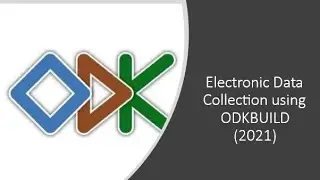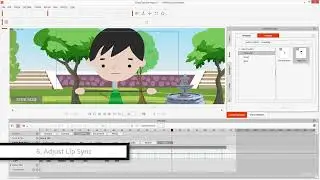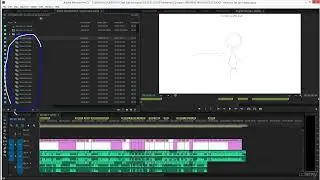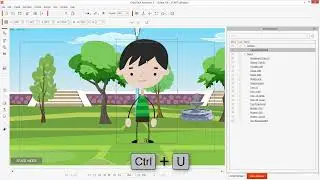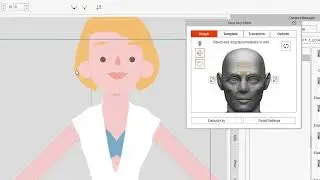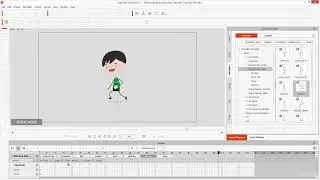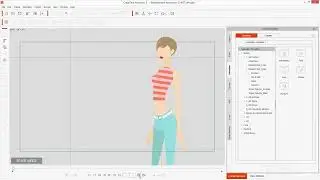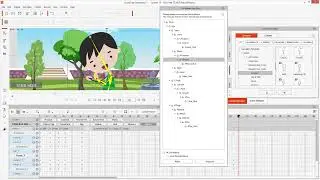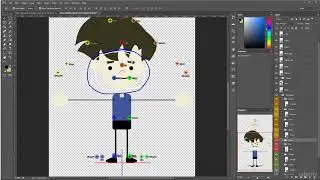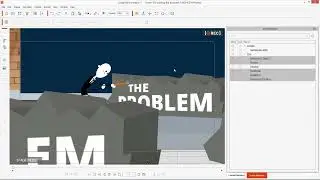01. Recognize objects. |
Unveiling the Secrets of Sight: Your Journey into Computer Vision
Imagine a world where machines can "see" like humans, not just capturing images but truly understanding their content. This captivating realm is **computer vision**, a branch of artificial intelligence (AI) that empowers computers to unlock the hidden meaning within images and videos. Buckle up, curious learners, because this chapter embarks on an enthralling adventure into this transformative technology!
*But first, a captivating question: how do humans see?* Our eyes capture light, sending signals to the brain, where a symphony of neurons interprets them, recognizing objects, deciphering scenes, and conjuring emotions. It's an effortless marvel, yet replicating this ability in machines seems like science fiction, doesn't it? Not anymore!
*Enter computer vision, the ingenious AI field that empowers machines to do just that.* Think of it as granting machines a new sense, one that allows them to process visual information, just like us. They can identify objects, track their movement, understand the context of a scene, and even draw meaningful inferences. It's like granting them the power to perceive the world around them, opening doors to a plethora of groundbreaking applications.
*Ready to delve deeper?* Let's explore the captivating facets of computer vision:
*The Building Blocks: From Pixels to Perception*
*Image Acquisition:* The journey begins with capturing visual data. Cameras, drones, satellites – anything that gathers images feeds the computer vision system.
*Preprocessing:* Raw images are messy! Imagine a cluttered room. Preprocessing cleans and organizes the data, making it easier for the computer to understand.
*Feature Extraction:* This is where the magic happens. The system identifies key characteristics, like edges, shapes, textures, and colors, that help it distinguish objects. Imagine finding unique furniture pieces in the cluttered room.
*Learning and Recognition:* Now comes the learning part. The system is trained on massive datasets of labeled images, helping it associate features with specific objects. It's like teaching the computer the names of all the furniture pieces.
*Decision Making and Action:* Finally, the system puts its newfound knowledge to use. It can recognize objects in new images, track their movement, or even make predictions based on what it sees. Imagine the computer automatically sorting the furniture or even raising an alarm if something unexpected appears.
*The Mesmerizing Applications: Transforming Our World*
The potential of computer vision is astounding. It's already revolutionizing various fields:
*Self-driving cars:* Imagine cars that "see" the road, obstacles, and even pedestrians, paving the way for safer and more efficient transportation.
*Medical imaging:* Analyzing X-rays, MRIs, and other scans with unprecedented accuracy, aiding in early diagnosis and personalized treatment.
*Security and surveillance:* Smart cameras that can detect suspicious activity, recognize faces, and even track objects, enhancing public safety.
*Manufacturing and robotics:* Robots that can visually inspect products, identify defects, and even assemble objects with superhuman precision.
*Entertainment and gaming:* Immersive experiences like augmented reality and virtual reality, blurring the lines between the real and digital worlds.
*And the future holds even more possibilities:*
*Personalized experiences:* Imagine your fridge recognizing what you need or your mirror recommending outfits based on your style.
*Environmental monitoring:* Tracking endangered species, monitoring deforestation, and even predicting natural disasters.
*Art and creativity:* Generating never-before-seen art forms, composing music based on visual input, and pushing the boundaries of human imagination.
*The Ethical Lens: Using Power Responsibly*
With great power comes great responsibility. As computer vision evolves, we must consider the ethical implications:
*Privacy concerns:* How do we ensure that this technology doesn't infringe on individual privacy?
*Bias and fairness:* How do we prevent algorithms from perpetuating existing biases in society?
*Transparency and explainability:* How can we understand how these systems make decisions, especially when they impact our lives?
By addressing these concerns proactively, we can ensure that computer vision becomes a force for good, empowering us to build a better future for all.
*Are you ready to join the journey?* The field of computer vision is brimming with potential, waiting for curious minds like yours to explore its depths. With dedication and imagination, you can be part of shaping this transformative technology and its impact on the world. So, dive in, explore, and unlock the secrets of sight with computer vision!
#programmer #education #python






